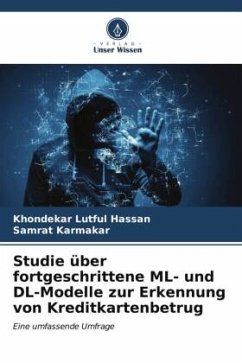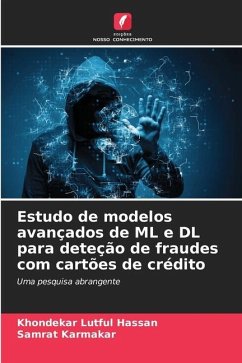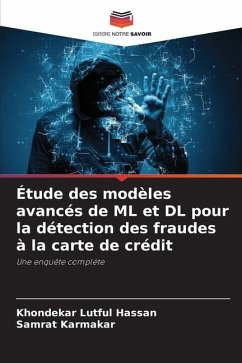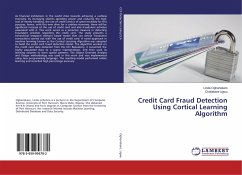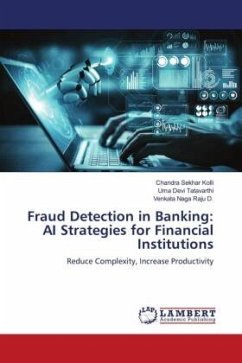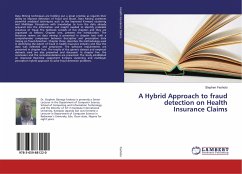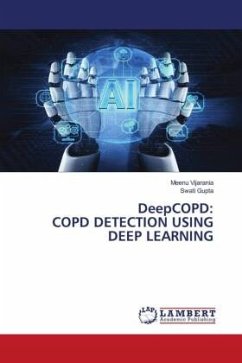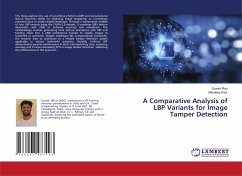
Study of Advanced ML & DL Models for Credit Card Fraud Detection
A Comprehensive Survey on Advanced Techniques of Machine Learning and Deep Learning Approaches
Versandkostenfrei!
Versandfertig in 6-10 Tagen
53,99 €
inkl. MwSt.

PAYBACK Punkte
27 °P sammeln!
Machine learning and deep learning (DL) techniques have shown promising results in detecting fraudulent activities. In this thesis, we propose approaches for credit card fraud detection that combine supervised and unsupervised learning techniques. We apply feature engineering techniques to extract relevant features from the credit card transaction dataset, followed by anomaly detection models that combine supervised ML, semi-supervised ML, and DL techniques. We analyze the dataset using various parameters and methods. Our study on various ML and DL methods in detecting fraudulent transactions ...
Machine learning and deep learning (DL) techniques have shown promising results in detecting fraudulent activities. In this thesis, we propose approaches for credit card fraud detection that combine supervised and unsupervised learning techniques. We apply feature engineering techniques to extract relevant features from the credit card transaction dataset, followed by anomaly detection models that combine supervised ML, semi-supervised ML, and DL techniques. We analyze the dataset using various parameters and methods. Our study on various ML and DL methods in detecting fraudulent transactions are Artificial Neural Networks (ANN), Convolutional Neural Networks (CNN), Support Vector Classifier (SVC) with Autoencoder, Linear Regression with Autoencoder, K-Nearest Neighbors (KNN), XGBoost, CatBoost, Adaboost, Gradient Boosting, Random Forest, Decision Tree, K-Means Clustering, LightBGM, Logistic Regression, logistic regression with undersampled data, Naive Bayes achieves, SVC achieves, Isolation Forest, and Local Outlier Factor. We evaluate our approach on a real-world credit card transaction dataset named Creditcard.csv from the Kaggle dataset.



